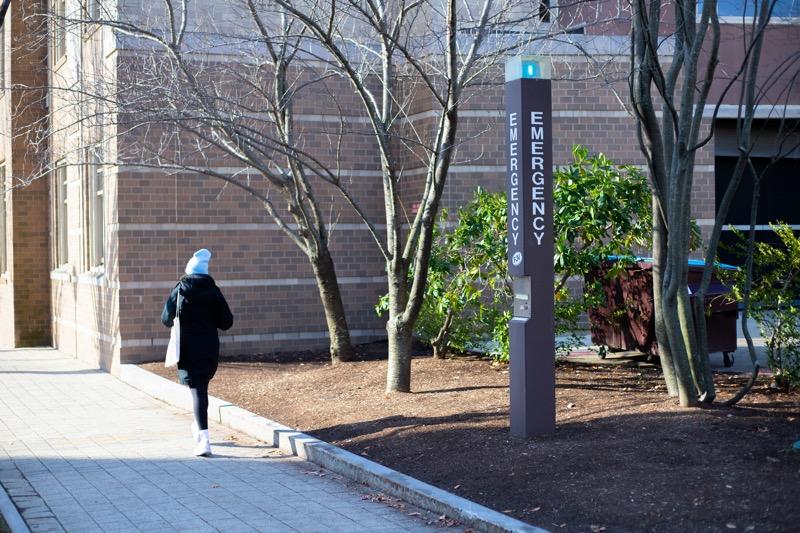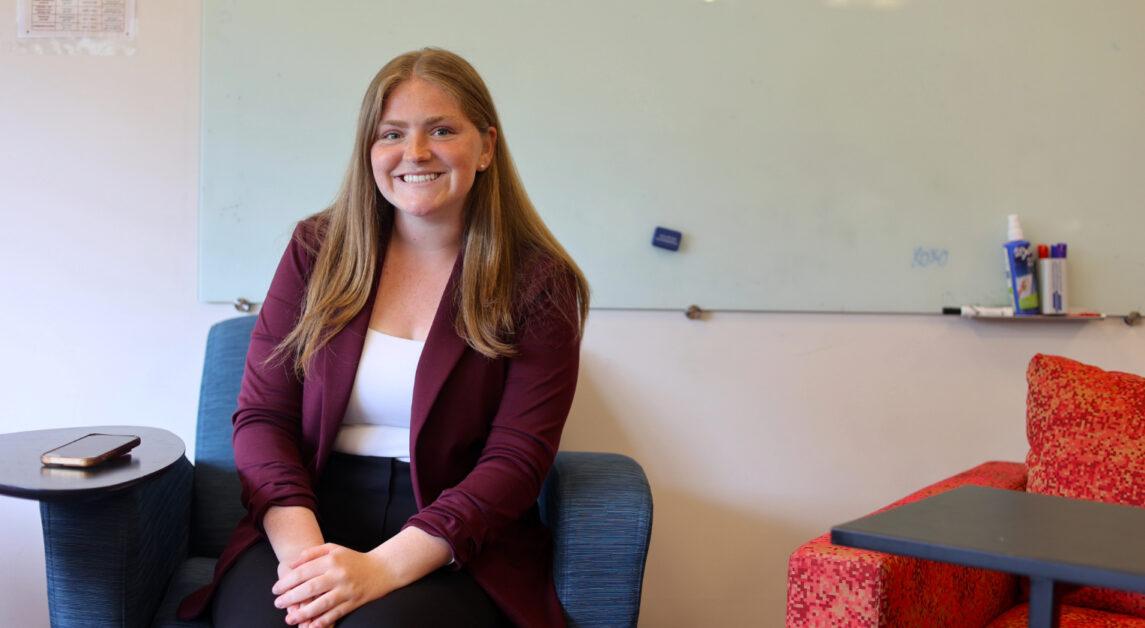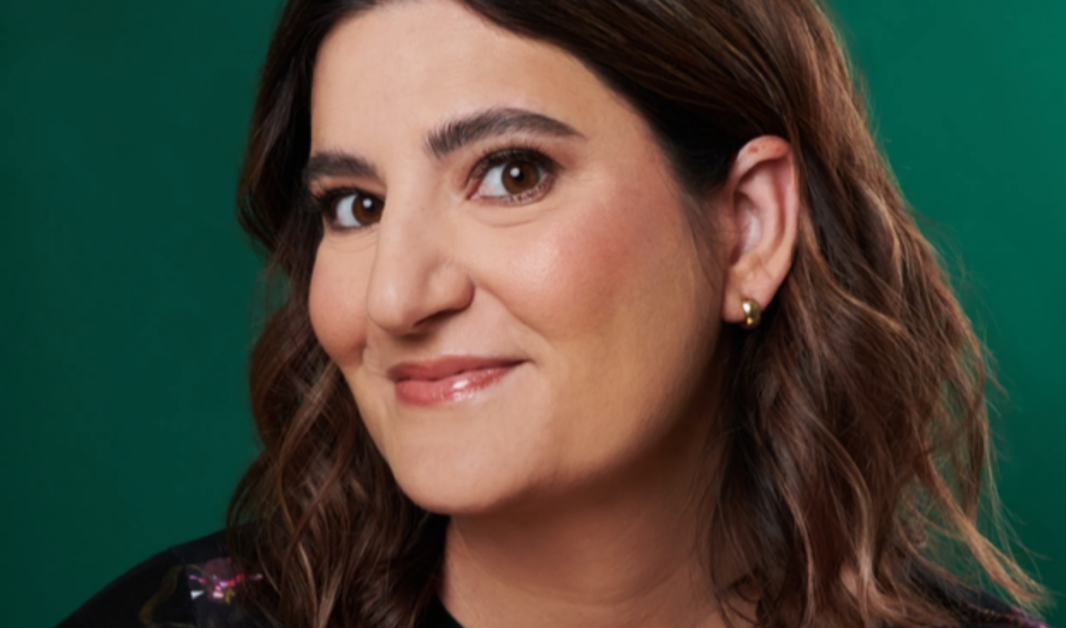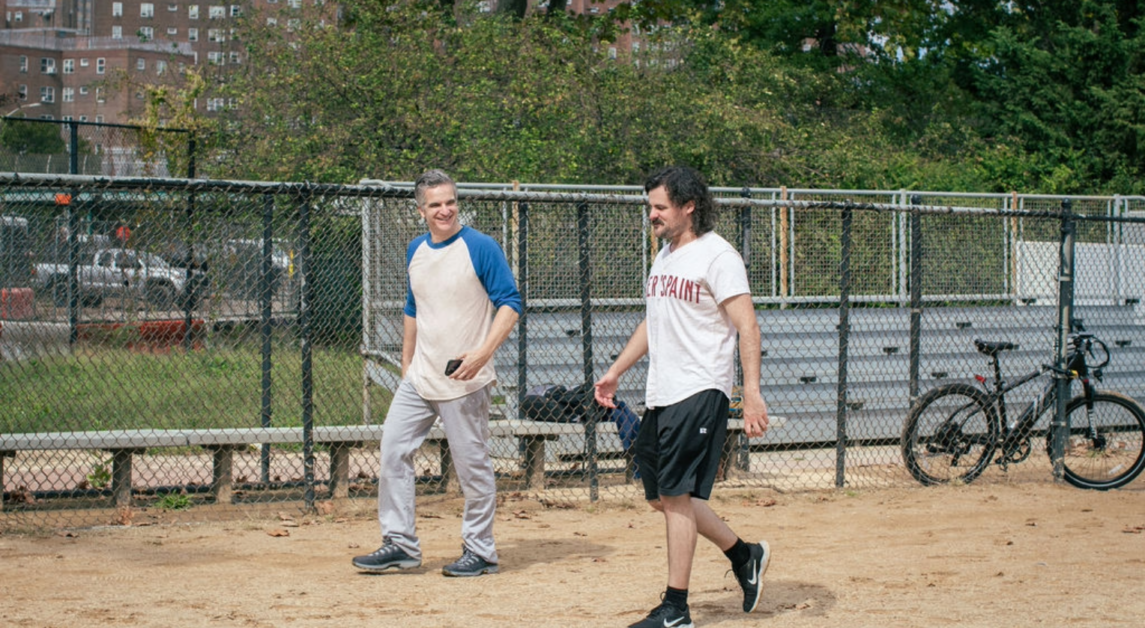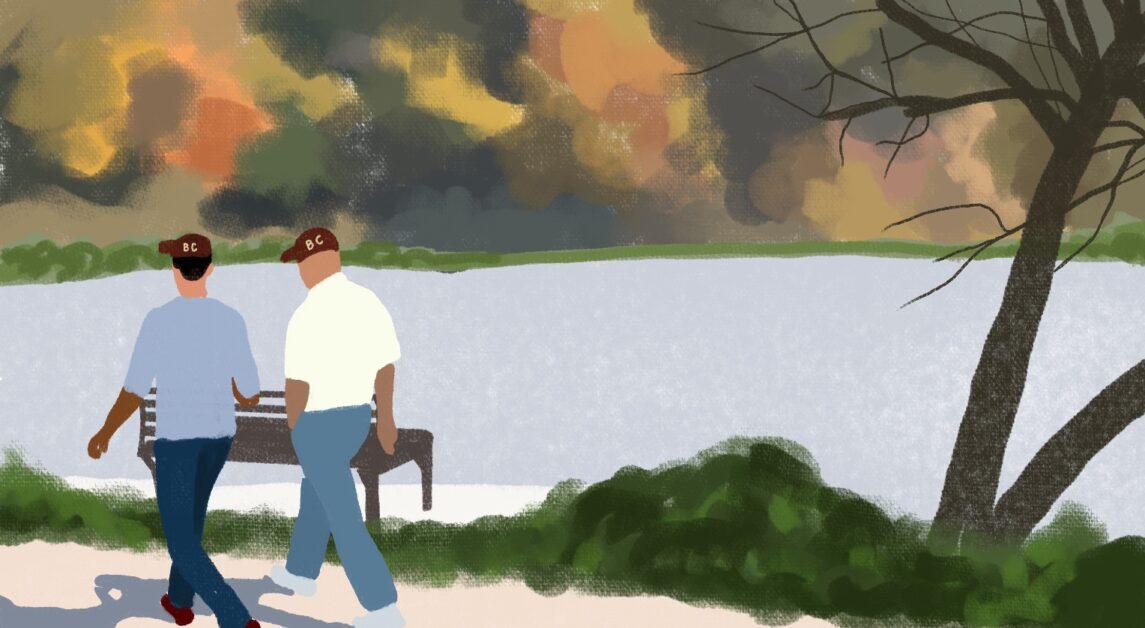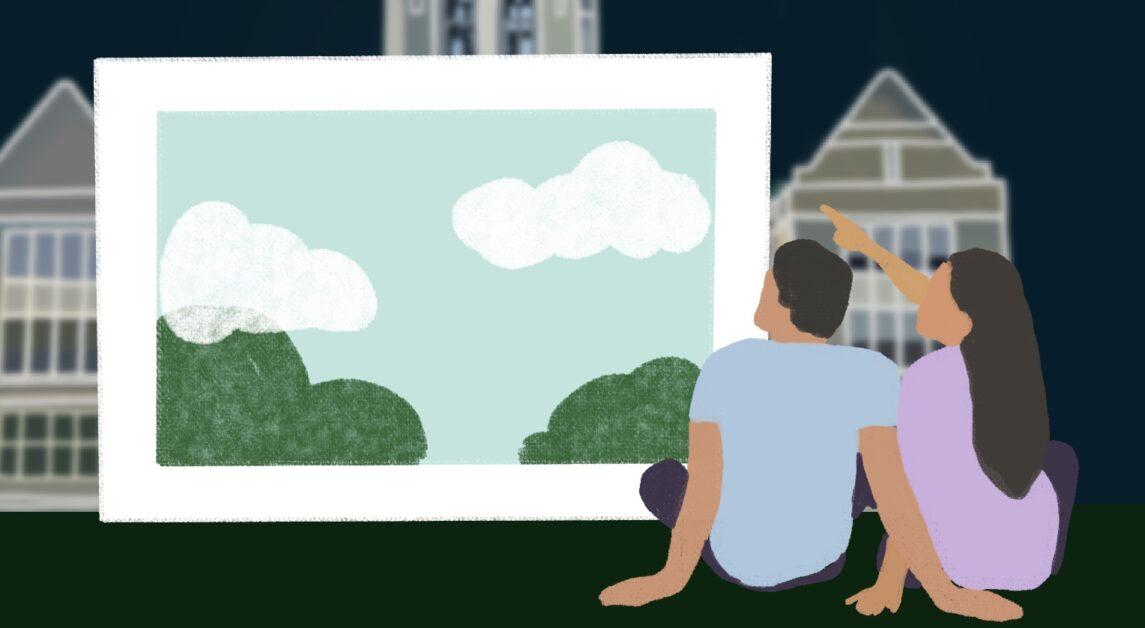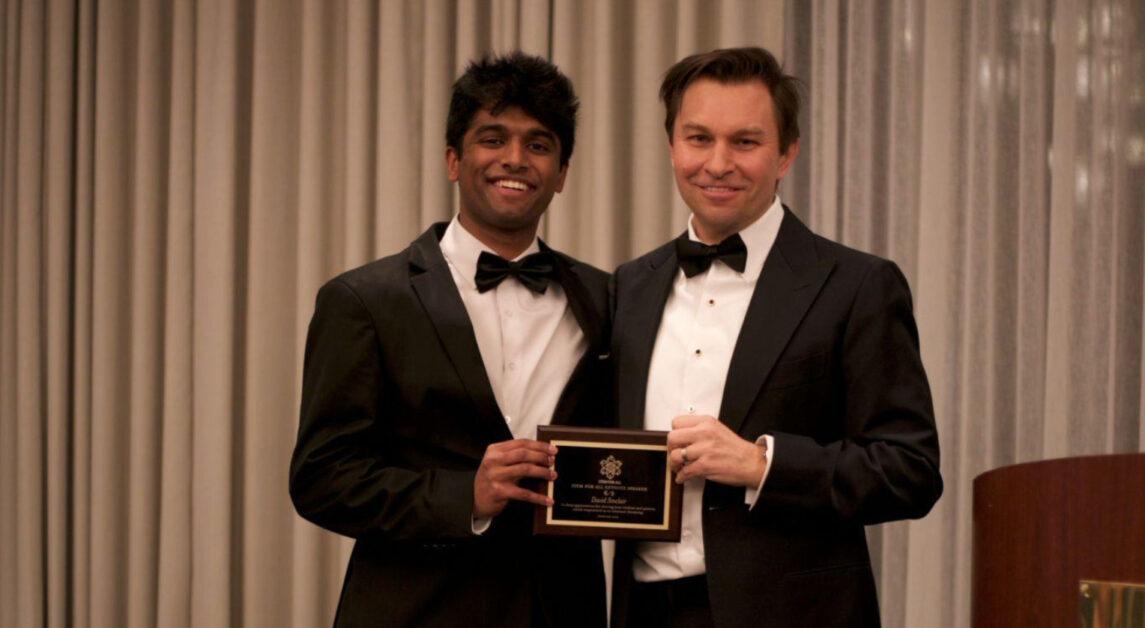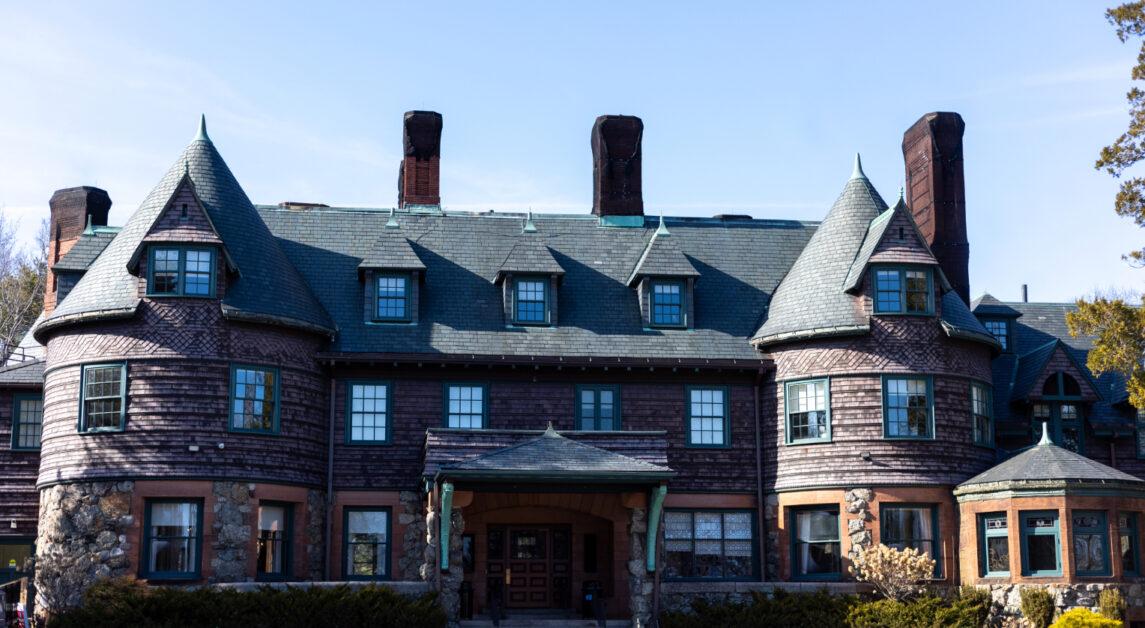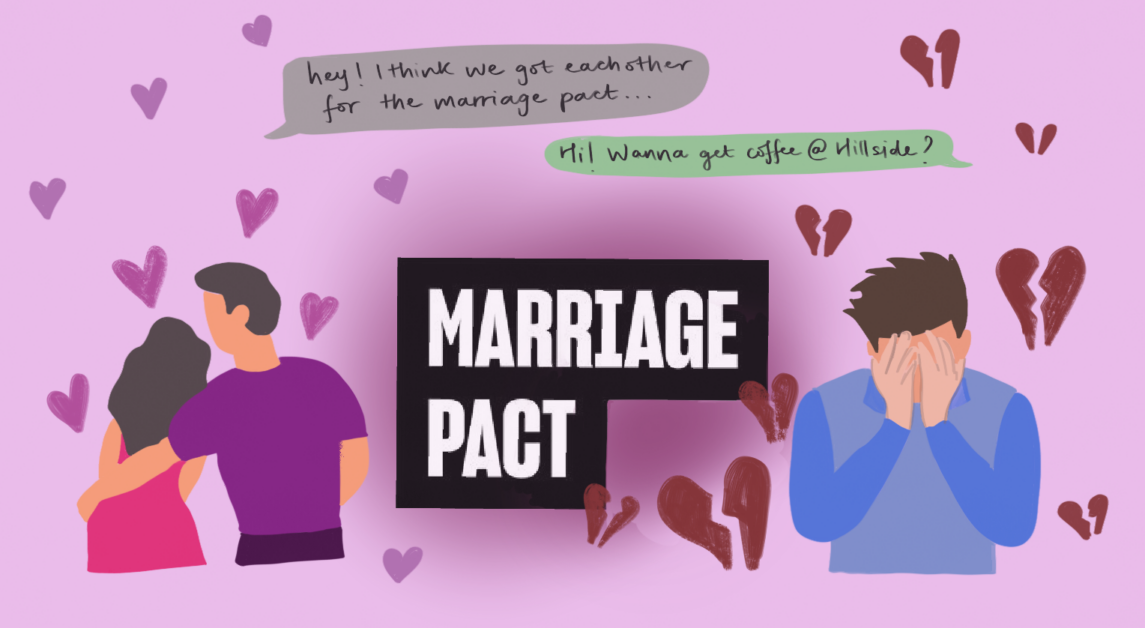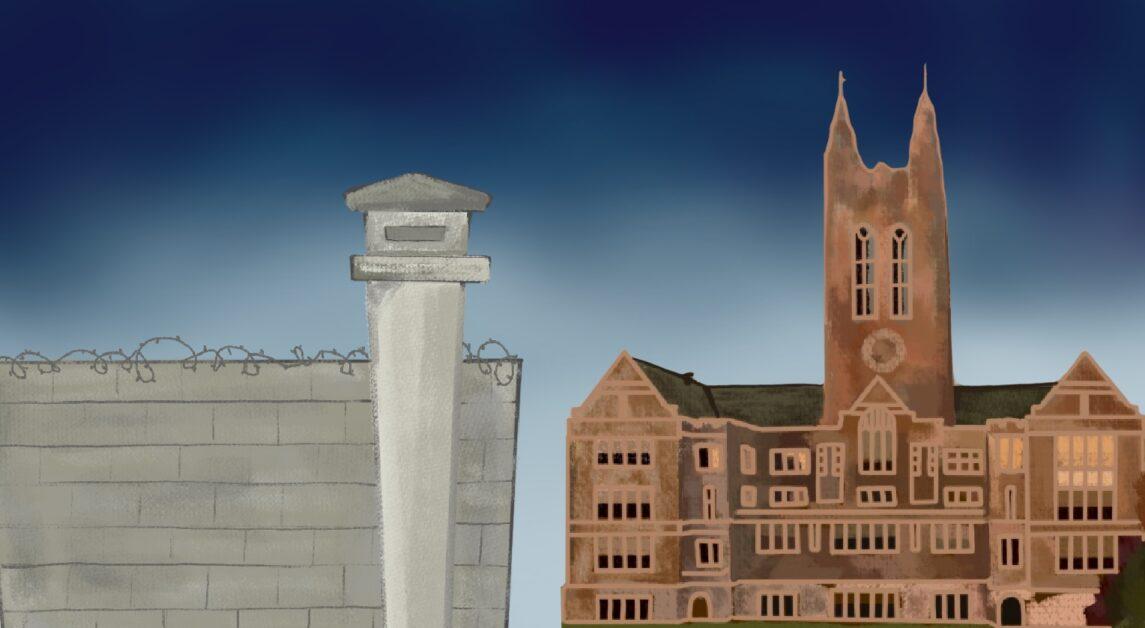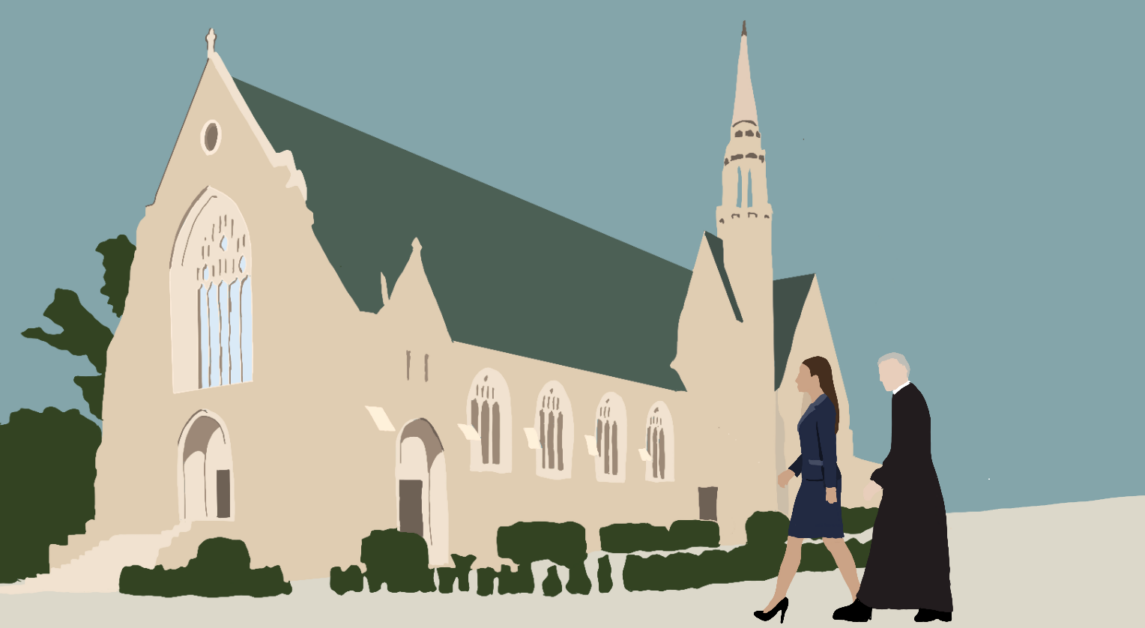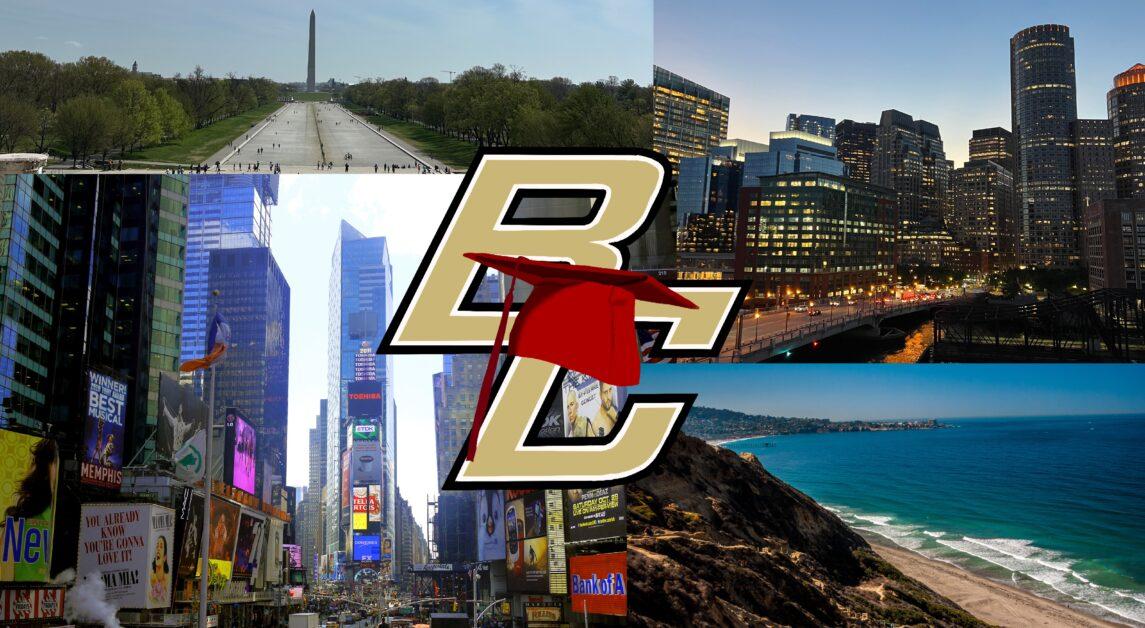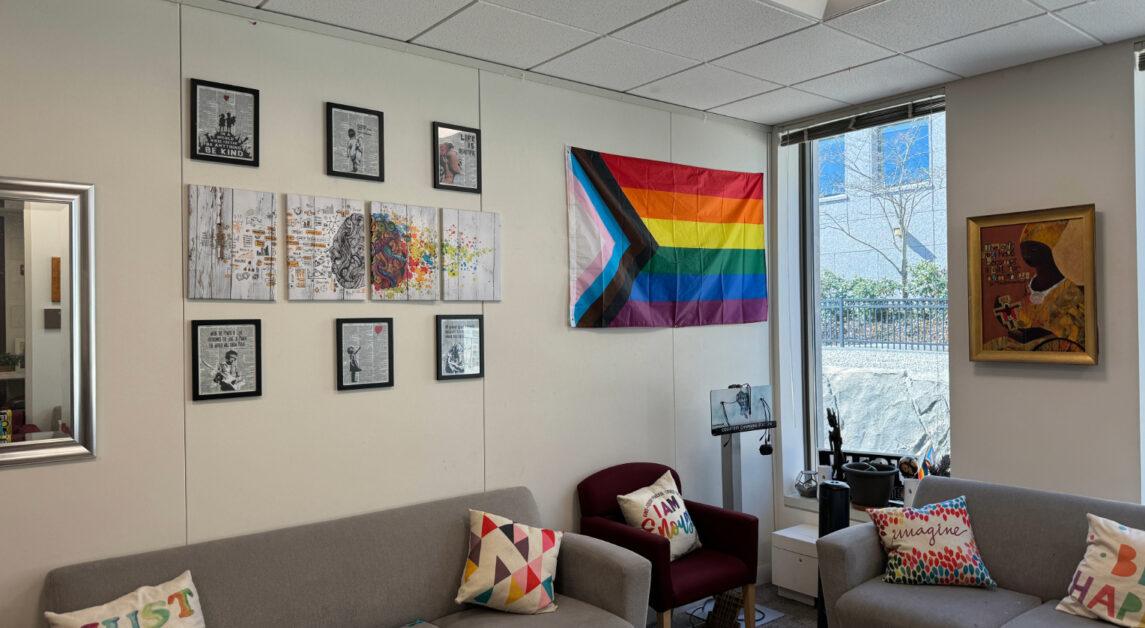Commonly referred to as “The Heights,” Boston College’s campus is known for its hilly topography. For some students with disabilities, BC’s many staircases and inclines impair their ability to get around campus.
In January 2014, the state of Massachusetts received a pair of complaints about the lack of campus accessibility at BC. In response, the Massachusetts Department of Safety Architectural Access Board (AAB) investigated BC’s campus for its compliance with the Code of Massachusetts Regulations Title 521, a collection of AAB codes. This investigation followed another inspection in 2015 after students and alumni filed a complaint with the U.S. Department of Education’s Office for Civil Rights in 2013.
Since the investigations, the University has made several strides to improve campus accessibility. General Counsel at BC Nora Field said advancements include building renovations, improved maintenance, and continued monitoring of campus and students’ needs in an email to The Heights.
“The improvements are too numerous for me to list, but include new ramps at Vanderslice, a new walkway and ramp between Maloney Hall and O’Neill library, a new ramp at Trinity Chapel, and improved signage throughout campus,” Field said. “In addition, all new buildings, including, most recently, 245 Beacon, are compliant with accessibility standards.”
While the University has made an effort to meet state standards, students continue to push for increased accessibility on campus along with increased inclusivity of students with disabilities.
Most recently, UGBC’s Council for Students with Disabilities (CSD) is collaborating with BC Athletics to include closed captions for gameday videos and broadcasting on the jumbotron in addition to working with the University to create a more accessible pathway to Upper Campus, according to Jonah Kotzen, MCAS ’24 and the CSD policy coordinator.
As a student in the late ’90s, Adriana Mallozzi, BC ’00, she said she had a generally positive experience as a student in a wheelchair, relying on back doors and roundabout ways to get to her classes.
But in 2014, when Mallozzi revisited BC, she said the campus was much less accessible than she had remembered it to be due to several construction projects.
“When I did come in 2014, I just heard of horror stories that people were dropping out because they weren’t getting the services that they needed to be successful in school and to be able to live on campus to be able to get to class,” Mallozzi said. “It was very disheartening because I had such a positive experience at BC even though it was so long before that, and to hear it getting worse instead of better was very disheartening for me.”
After the AAB—which “enforces regulations designed to make public buildings accessible to, functional for, and safe for use by persons with disabilities”—investigated the 2014 complaint, it found over 55 violations in or around 22 different locations on campus, such as Stokes S-195, Gasson Hall, and Cushing Hall.
The violations ranged from a lack of a listening system in a lecture hall to ramps with elevation rates above the maximum slope to inaccessible building entrances, according to documents obtained by The Heights.
Under Massachusetts state law, the AAB is authorized to act against violators of its regulations, including but not limited to taking legal action to prevent the further use of an offending facility. The AAB also has the authority to impose fines of up to $1000 per day per violation for willful noncompliance with its regulations.
When she returned to campus in more recent years, Mallozzi noted some of the updates made since her 2014 visit.
“I have been on campus recently, and I saw, finally, an access point to the front door of O’Neill Library, which is really great,” she said.
Capital Projects Senior Designer Mark Lewis said in an email to The Heights that Facilities Management has a quality relationship with the AAB, as the two organizations often work together. Lewis also said his office’s consulting architects take accessibility on campus seriously and follow the law to the full extent.
“Over the years any new buildings constructed on campus are required to be fully accessible,” Lewis said. “We have used these opportunities to be able to connect parts of campus that have previously been difficult to access. The newly completed 245 Beacon Street Science Building and new Residence hall at 2150 Comm Ave … are both very good examples of this.”
On behalf of the Office of the Dean of Students, Associate Vice President and Dean of Students Corey Kelly said BC has made numerous physical accessibility improvements to Newton Campus and Brighton Campus in addition to buildings on Main Campus.
According to Kelly, the Disability Services Office (DSO) reaches out to all first-year students registered with their office to discuss their individual needs. The office also has several measures in place to monitor students’ concerns, Kelly said.
“The DSO website also includes a campus accessibility reporting form that allows any student to report a problem they have with physical accessibility on campus,” Kelly said. “The office and divisional leadership also routinely meet with the students from [CSD] to discuss student accessibility concerns.”
In 2015, UGBC created CSD to build a coalition for students with disabilities on campus.
Nick Claudio, BC ’22 and GMCAS ’23, said one major issue CSD has worked to address in the past is the lack of an accessible pathway to Upper Campus. Alongside Conor McCormick, BC ’22, Claudio said CSD worked with the administration to bring back the initiative.
“It was very difficult to get the administration to commit to it,” Claudio said. “We had a few people, you know, on the lower end of the administration really trying to help us out a lot. The problem was getting the higher-ups to commit to it.”
During the 2020–2021 school year, Claudio, then-chair of CSD, submitted a referendum for an Upper Campus pavilion under his name, as CSD could not submit the referendum in any official capacity due to conflicts of interest.
“I just submitted everything in my name, and then obviously everyone at the council backed it and helped share it with everybody else on campus because it needed to get a certain number of signatures in order to go on the ballot as a referendum,” Claudio said. “So we got that passed … then also that year, we got a resolution, and the Student Assembly (SA) passed in support of it.”
In order for the referendum to appear on the 2020 UGBC ballot, students had to first approve it. In the subsequent election, 93 percent of BC students approved the referendum in favor of the pathway, according to a 2020 Heights article.
The SA then passed a resolution in November 2020 calling for a more accessible route to Upper Campus.
Sarah Farnan, chair of CSD and MCAS ’23, said she became involved with CSD in 2020 after realizing how inaccessible some parts of campus were when she tore her ACL. Since she joined as a sophomore, she said the council’s main achievement was getting the University to include a more accessible pathway to Upper Campus in its building plans.
“My freshman year … [the University] made it known pretty quickly that students with wheelchairs or with any sort of physical disability along those lines had to live on Newton because the only way to access Upper is through walking upstairs,” Farnan said.
According to Kotzen, CSD is working with the University to advance this initiative.
“There is a project being worked on that will make Upper Campus accessible,” Kotzen said. “That’s directly from [the] administration.”
Facilities Management released an update in February that included a plan to build a pavilion at the corner of Gonzaga Hall and Kostka Hall, which would hold an elevator for students with disabilities to use to easily access Upper Campus.
In addition to improvements to Upper Campus, Kotzen said another project he is working on is ensuring that blue lights—which are rectangular boxes emitting a light that calls BCPD when pressed—on campus are more accessible to all students.
Students in wheelchairs, Kotzen said, cannot reach blue lights that are three to four feet from a curb or planted in mulch. Kotzen said he is working with BCPD Lieutenant Jeffrey Postell to combat this issue.
“If you really think about it, the whole purpose of that is that blue lights are there to help, you know, the most vulnerable on our campus feel safer,” Kotzen said. “And if students with physical disabilities aren’t feeling safe and they don’t have access to a blue light that’s next to them, like how can we ensure that they really are safe on our campus?”
Other current CSD projects include temporary ramps in the Mods along with their ongoing efforts to include closed captions on the jumbotron at gamedays.
To institute the closed captioning, Kotzen said he is coordinating with Jamie DiLoreto, associate athletics director for marketing and fan engagement.
“[I’m] working with Jamie DiLoreto who is, you know, in athletics … to ensure that all future game days have captions on them, have subtitles, whether that be the pre-recorded videos from athletes talking about a certain, you know, athletic topic, or live broadcasting captioning,” Kotzen said.
In addition to these concrete advancements, Kotzen said CSD’s current goal is to combat the stigma against and social isolation of students with disabilities.
“As you probably heard, there was a Herrd post earlier on this semester, actually two Herrd posts, that directly targeted individuals with disabilities, making a joke about them,” Kotzen said. “And I really want to change that. I want to change the culture surrounding students with disabilities on our campus and really make it more inclusive. So, I would say, you know, our goal is to end the social isolation of students on campus with disabilities and to make it feel like they’re actually at home.”
Moving forward, Kotzen said he hopes to see all students openly welcome individuals with any disability.
“I think it’s a really tough time to be an individual with a disability, and it’s a very tough place to be an individual with a disability. … I think in all aspects, it’s difficult, and I think that ourselves as able-bodied people need to be willing to have those conversations with individuals … with disabilities,” he said. “We need to be allies.”
By communicating the needs of students with disabilities to the University, Farnan said CSD works as a liaison between the student body and the administration to influence future construction plans.
“If we see an issue, you know, maybe a certain current student within our club notices a shortcoming within the administration, then we can point that out to them and find effective solutions, and they’ve been really helpful thus far,” Farnan said.
When CSD discusses a disability problem with the University, Kotzen said the BC administration is usually receptive.
“I think the CSD-University relationship is good,” he said. “I think … they’re more than happy to listen to any initiatives we have representing students with physical disabilities, any disability in general to be honest as well. … I think that by working with the administration, we could accomplish something huge, whether that be ensuring 100 percent accessibility on campus for everyone.”




